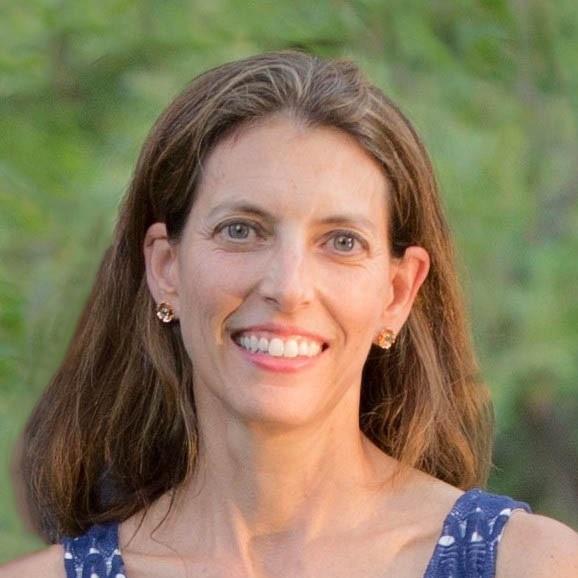
The total solar eclipse last summer was one of the most-watched events in American history, seen by more than 216 million people.
But while much of public was oohing and aahing for two minutes and 40 seconds, scientists were scurrying to learn as much as possible. CU Boulder astronomer Doug Duncan talked to Colorado Matters about the importance of studying the corona, the Sun's outer atmosphere, while the moon provides that perfect filter.
The corona of the Sun still offers unanswered questions, and predicting its behavior has been called a "holy grail" for solar scientists. Despite extending millions of miles into space, it's much hotter than the surface of the Sun. That far-reaching heat can damage satellites.
Duncan also discussed how amateur astronomer and CU grad Donald Bruns wowed professionals with his recreation of a 1919 experiment that bolstered Einstein’s theory of relativity.
Learn more about what NASA discovered during the 2017 eclipse and see what the corona looked like here.








